Comparison of Mechanical Seal and Packing Seal Performance in Slurry Pumps
In the late stage of slurry pump production, packing se [...]
In the late stage of slurry pump production, packing seals are generally used for sealing the pump shaft. However, with the increasing requirements for ecological environmental protection, the application of mechanical seals is becoming more widespread. This article mainly analyzes the relationship between mechanical seals and packing seals in slurry pumps and compares the performance of packing seals.
To meet the requirements of ecological environmental protection, mechanical seals are increasingly used in slurry pump shaft seals.
Performance characteristics of mechanical seals in slurry pumps:
- Good sealing performance with stable performance.
- Minimal leakage, low friction power, and long service life.
- Minimal wear on the shaft.
- Suitable for working under harsh conditions in many industries, and widely applied and promoted.
Comparison of performance between mechanical seal (A) and packing seal (B) in slurry pumps:
- Leakage:
A: Almost no leakage, generally 0.01-10 ml/h. B: More leakage, generally 300-1200 ml/h.
- Service life:
A: Generally exceeds 6000 hours. B: Requires regular replacement of packing and sleeves.
- Shaft (sleeve) wear:
A: Minimal wear, only slight wear on the shaft. B: Sleeve wears out quickly, shaft wears out quickly.
- Adjustment:
A: Automatically adjusts. B: Constantly tightens packing gland.
- Power loss:
A: 1/3 to 1/10 of the power loss of packing seal. B: Larger power loss.
- Applicability:
A: Very wide. B: Narrower.
- Structure:
A: Complex, with many parts and high precision requirements. B: Simple, with fewer parts and low precision requirements.
- Installation:
A: Difficult. B: Easy.
- Replacement:
A: Requires disassembling pump head components. B: No need to disassemble pump head, convenient.
I hope this helps!

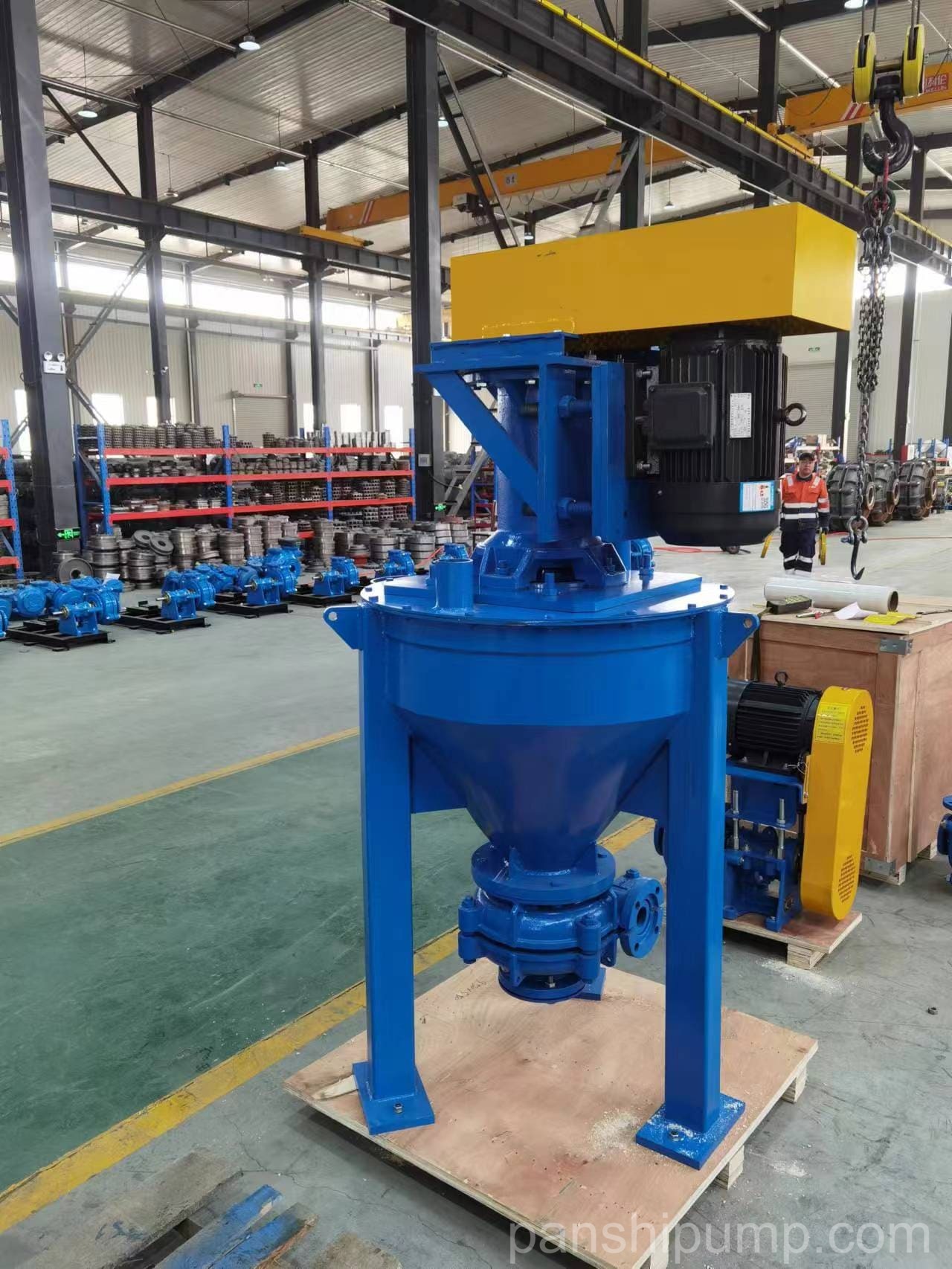
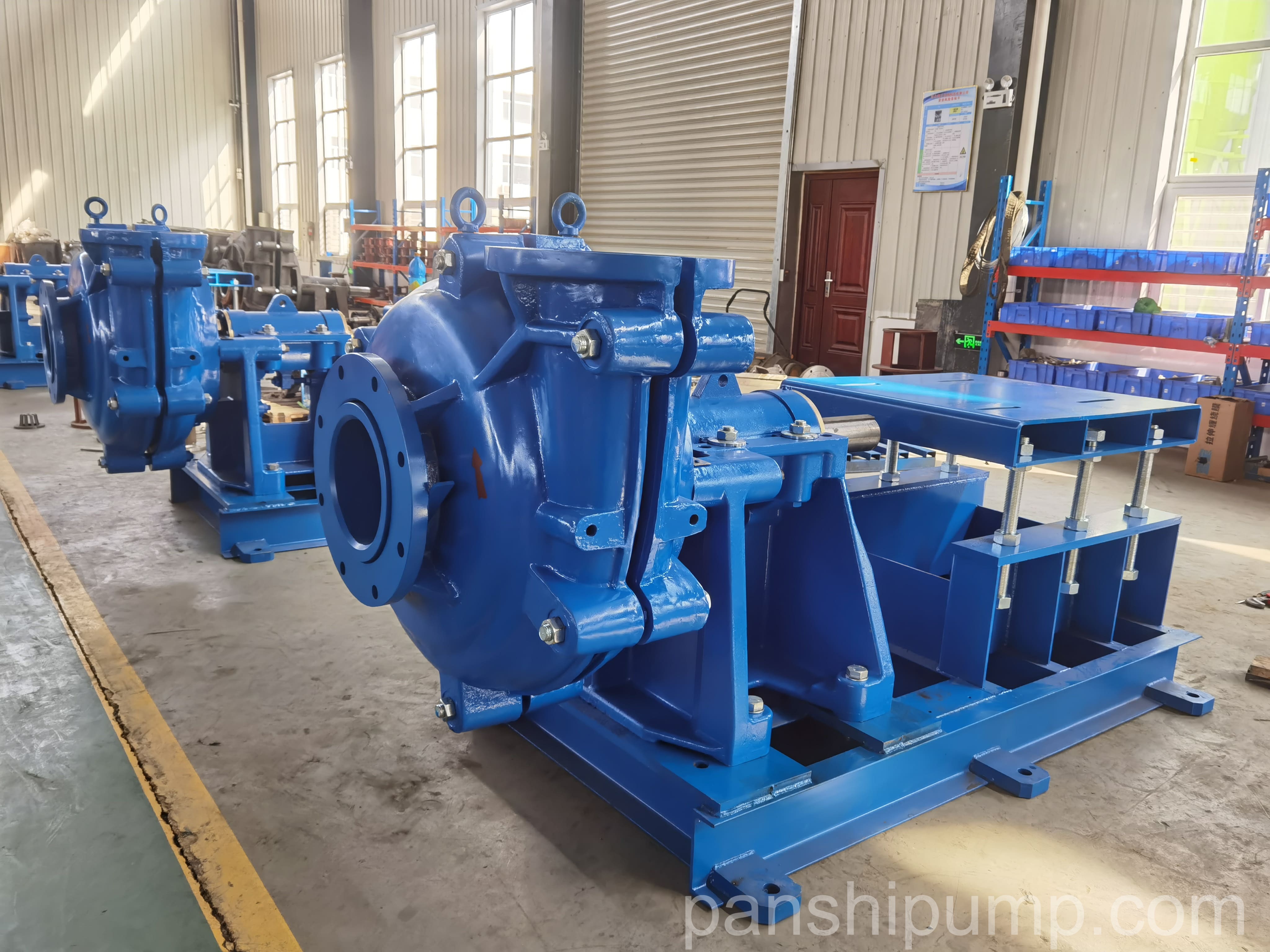
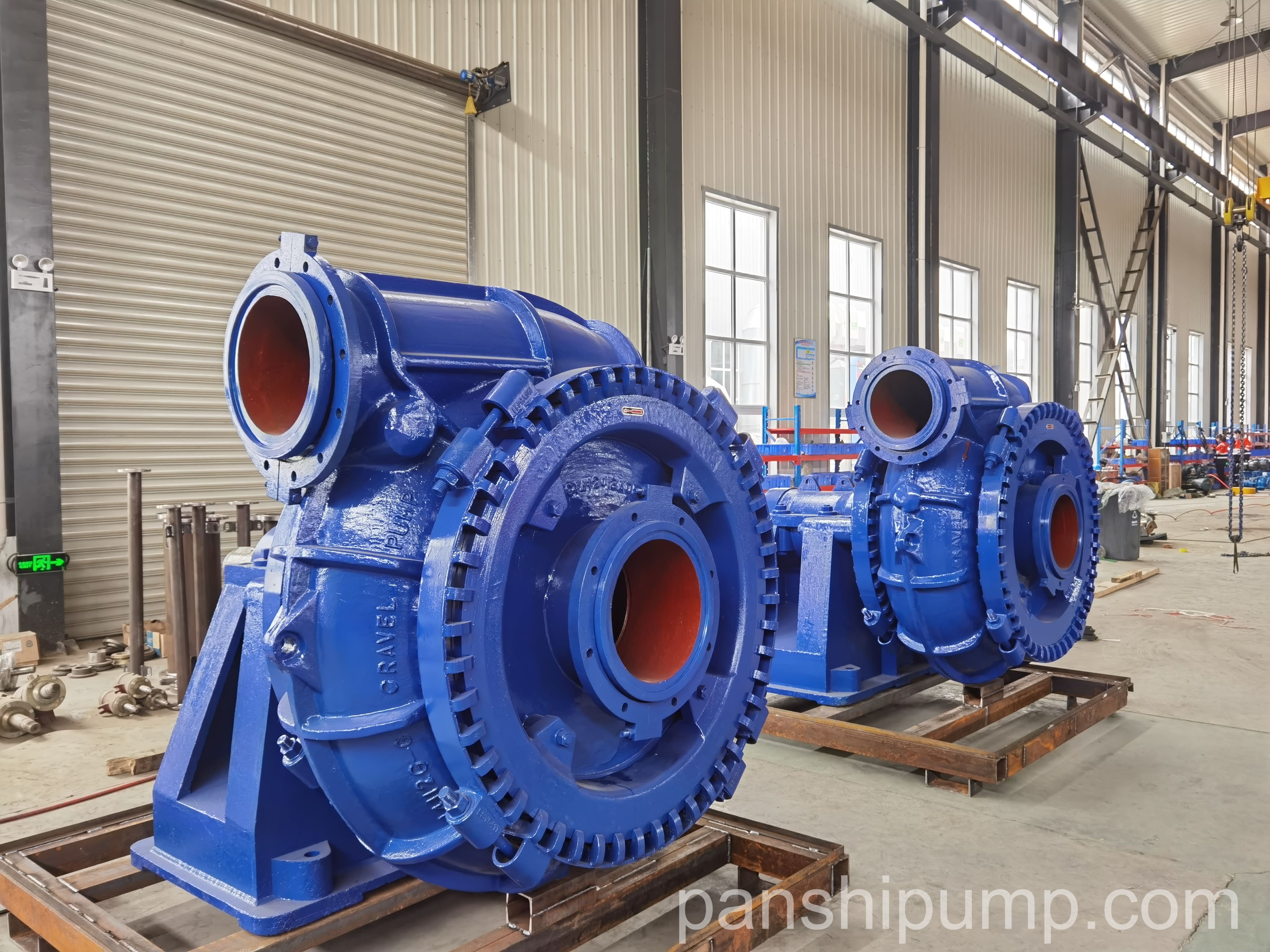
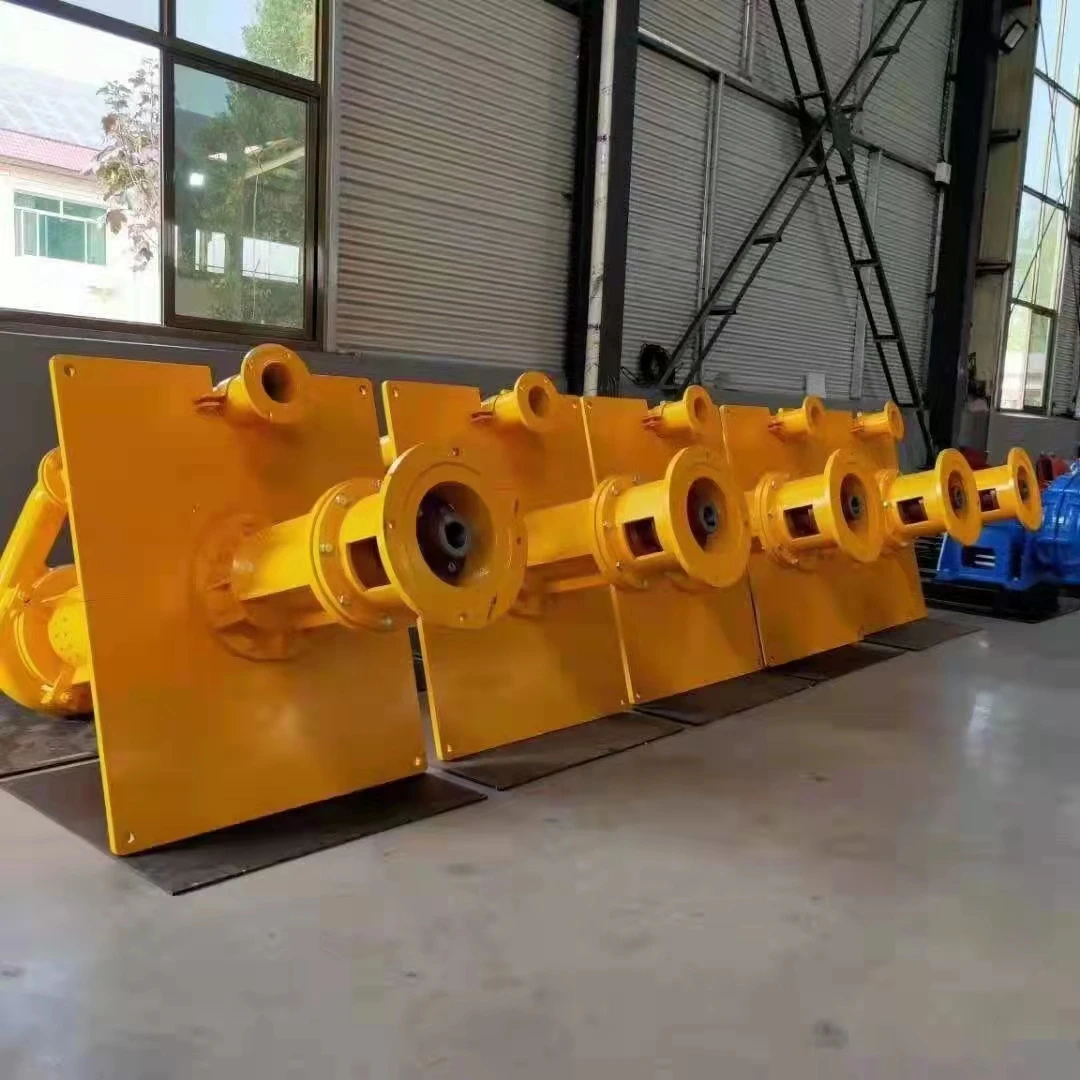
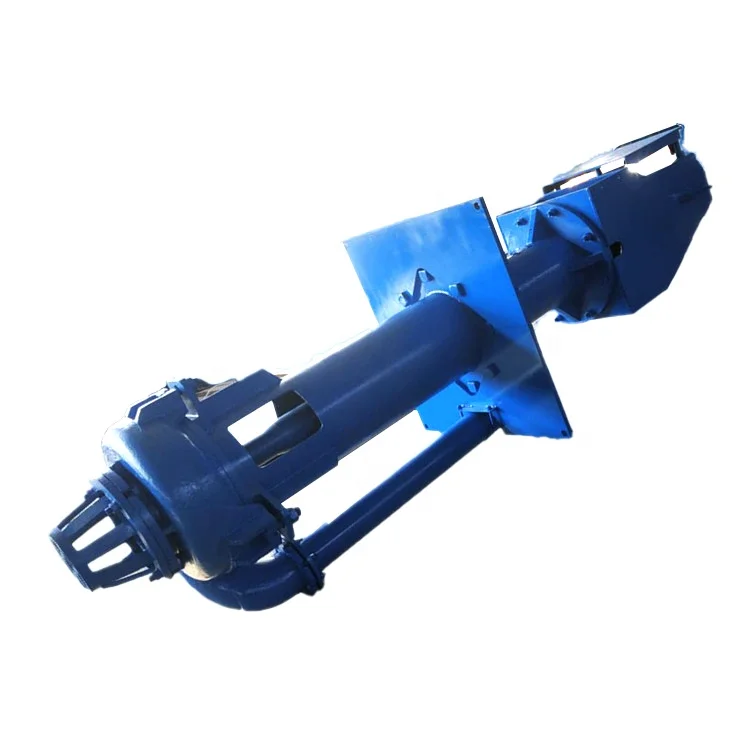
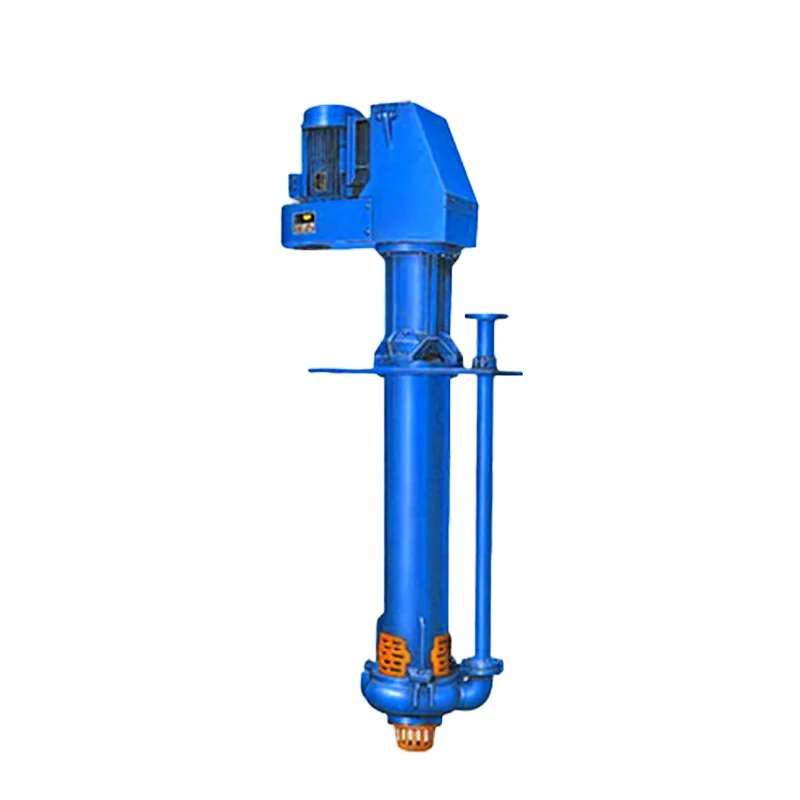
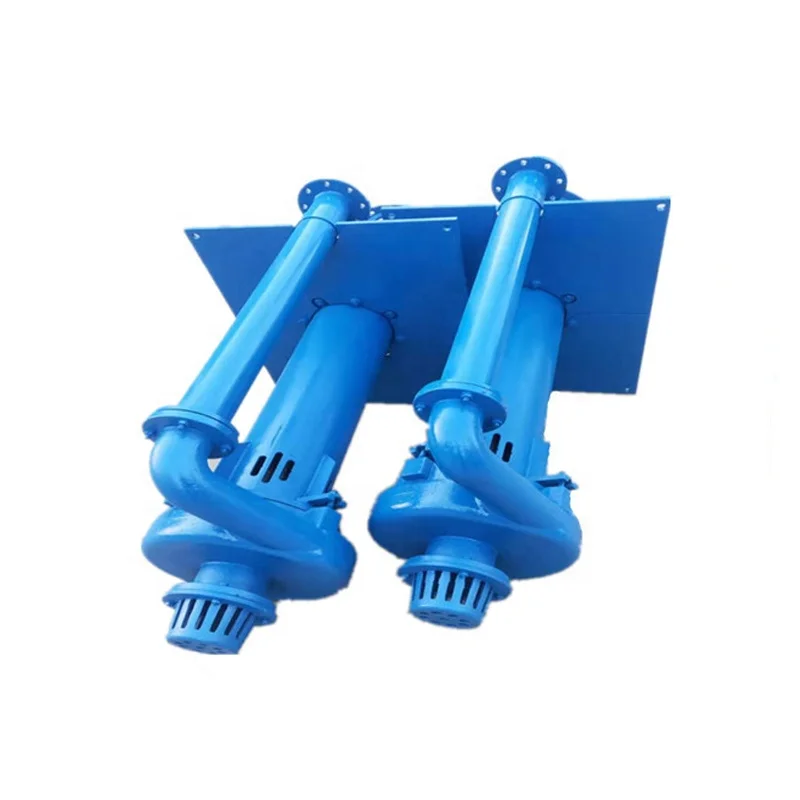




Please login to write a comment after